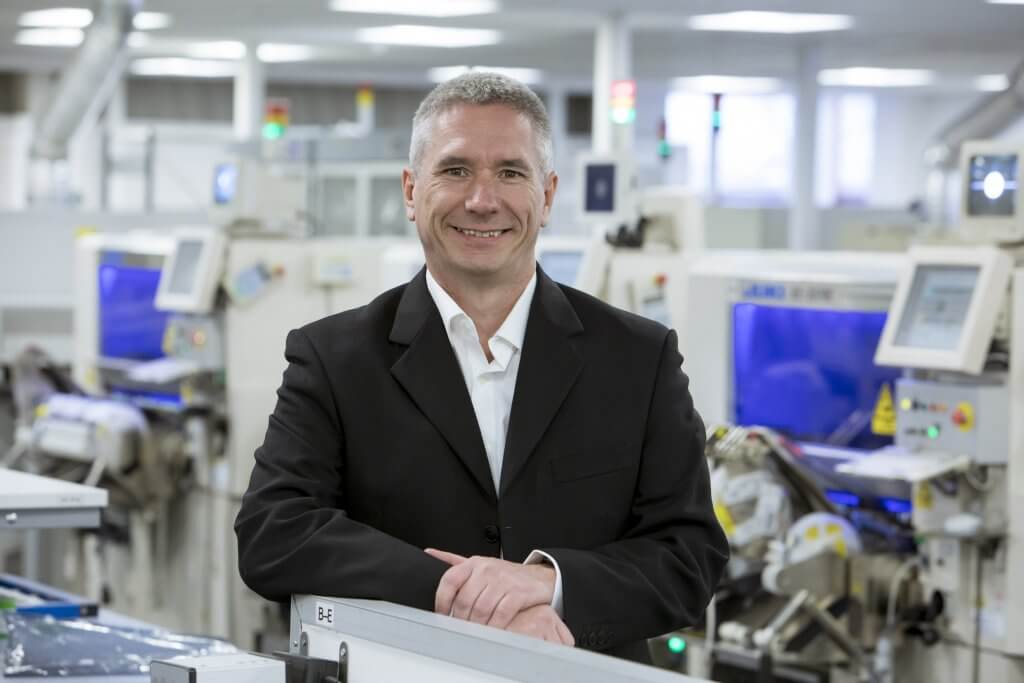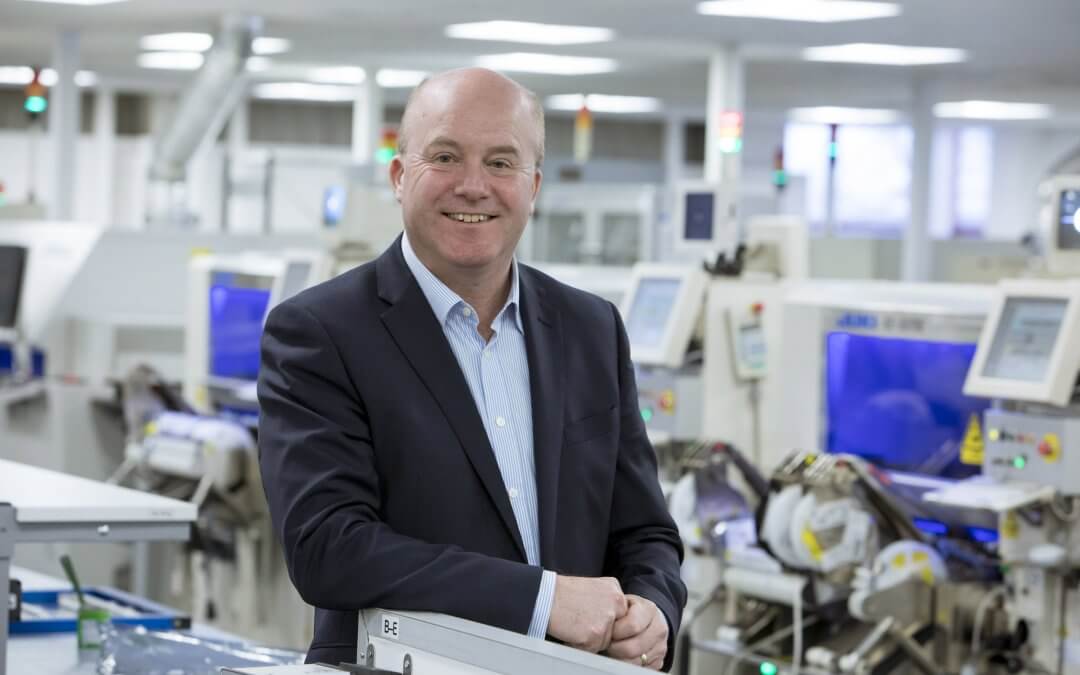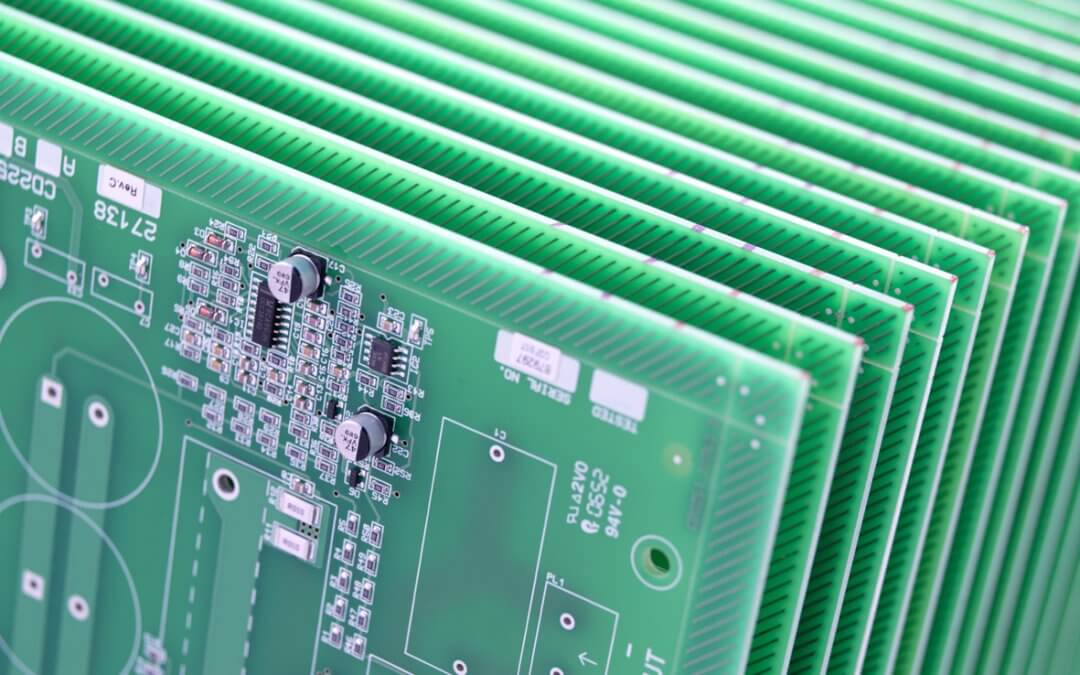In the very near future
The surgeon in Karachi monitored the 3D images of the patient’s brain. The patient lay anesthetised in the operating theatre of King’s College hospital.
Clutching what appeared to be a gaming control, the renowned neurologist began to manoeuvre a sophisticated robotic ‘arm’ situated 5,000 miles away in King’s.
The remote-controlled catheter moved precisely through the patient’s brain. An error of a few hundred microns could result in irreversible brain damage – but with unerring accuracy the payload was delivered exactly where it was needed.
The anticancer drug would set to work almost immediately having been injected directly into the brain tumour.
We’re not quite there yet – but we’re not far away
Information technology and medical technology are the things that will be very different 20 years from now than they are today.
(Bill Gates)
The EU-funded EDEN2020 is developing an enhanced delivery ecosystem for neurosurgery that is based on the existing Programmable Bevel-tip Needle (PBN), a flexible needle that can advance through the brain with remarkably little tissue damage.
And, in 2017, Professor Shailesh Shrikhande in Mumbai and Hitesh Patel in London collaborated in avatar form on bowel cancer surgery.
Here’s where we are
Motors and motion control electronics in home care medical devices must be almost fail-safe, especially for consumers. This level of performance is expected from components that are ever smaller.
(Leslie Langnau, Managing Editor for Design World)
It’s clear that motion control is already changing medical procedures and has the capacity to transform them.
It is estimated that by 2022, the motion control market will be worth $22.84 billion. And that robotics will form the next wave of motion systems – predicted to be worth $23.9 billion by itself in 2022.
The sectors driving this growth are manufacturing, logistics and the medical industry.
The medical industry has specific requirements for robotics and motion control applications, especially the ability to achieve precise control. The use of motion systems in medicine includes bionic prosthetics, wheelchairs that can traverse stairs and rough terrain, air pumps for respiratory needs, transplanted mechanical valves and microsurgery instruments.
What does medical motion control mean for electronic manufacturers?
- Design for Manufacture and simulation are more important than ever
Due to the growing demand for smaller, more powerful devices with increased power densities, effective thermal management has become crucial in the development of medical electronics, wearables, and IoT designs. With the help of simulation, electronics designers and engineers are able to improve the reliability and efficiency of their products, innovate new solutions and ensure that they are complying with the necessary safety regulations.
(Bill Wong, Technology Editor, Electronic Design)
In order to avoid unpleasant and unexpected surprises, employing manufacturing experts early in the design phase is essential. Increasingly for complex, precise motion control devices simulation is used, enabling the testing of a wide variety of options.
Simulation begins in the design phase, using techniques like finite-element modelling to better understand performance. With a detailed digital model – including the masses that will be moved or rotated – elements such as the motors and gearboxes can be sized for optimal performance, minimal footprint and maximum cost-effectiveness.
Yet, simulation can be highly useful throughout upgrades and designs of new platforms. Software tools allow OEMs to explore exactly how a controller behaves as part of a larger system – not just how it moves but also how it works in use (known as the human-machine interface).
And simulations can also be useful even when the motion controller is in the field. It allows hundreds of variations to be tested and analysed much more quickly than a ‘live’’ test – and without causing downtime or wear to the physical machine.
- Smaller and smaller products
The medical industry is fuelled by motion control systems
(Carlos Gonzalez, Machine Design)
All devices are trending toward being smaller, more compact, easier to carry and store. Yet motion control devices for the medical market are often designed for precise applications where size really is at a premium.
Miniature ball screws, motorized linear actuators, motorized lead screws, and linear bearings are increasingly being chosen for use in smaller-scale applications.
In addition, electromechanical actuators can now replace the pumps, compressors, delivery systems, and other space-consuming technology essential for hydraulic and pneumatic actuation while internal electronics increasingly eliminate complex wiring, connecting to power sources and communications networks with just a few wires.
- Personalisation and prototyping
‘One of the main areas of benefit the decentralised, smart manufacturing model offers is the ability to efficiently individualise products with high quality results — something that will be critical to success in the patient-specific devices market.’
(Francisco Almada Lobo, CEO, Critical Manufacturing)
Particularly in the medical market, demand for faster delivery of more personalized equipment is on the increase. Effective prototyping is important to many solutions because designers typically must try various component options before settling on the one that best suits the application.
Again, this is where advanced modelling technology, such as 3-D metal-based printers and simulation software, give designers more flexibility and greater speed.
Automation also plays a key role in personalising or customising products. Automated processes allow your EMS partner to easily switch from high-speed and high-volume production to agile systems that can seamlessly alter manufacturing product types without the need to stop the line.
Many emerging production technologies, from computerized-numerical-control (CNC) cutting to 3-D printing, bypass the need for tool changes, also make it possible to produce batches of one.
Customisation – and increasingly personalisation – of patient-specific devices will require high quality, high mix production that is perfectly suited to the application of IoT tech, machine learning and automation.
- And, lest we forget, the IoT
The Internet of Things (IoT) has opened up a world of possibilities in medicine: when connected to the internet, ordinary medical devices can collect invaluable additional data, give extra insight into symptoms and trends, enable remote care, and generally give patients more control over their lives and treatment. (econsultancy)
We’ve discussed how the IoT is already enabling smarter medical electronic device by providing a pathway for the efficient production of increasingly complex products, while capturing and analysing data flows to assist with regulatory compliance and process improvement manufacturing.
Yet the future of medical motor control devices will inevitably be greatly enhanced and furthered by the application of IoT capabilities.
Prosthetics can collect and relay data helping patients and doctors monitor performance, other devices can send warnings if components are under-performing and – as we have seen – IoT combined with VR or AR opens up, quite literally a world of possibilities.
Innovation rests on experience
A structured design approach can heighten the hit rate in the fuzzy front end of innovation processes.
(Jens Martin Skibsted, member of the Forum for Young Global Leaders)
As medical motor control electronic devices innovate to serve new, more complex purposes – and often in highly miniaturised forms – the ability to partner with an EMS that can design for manufacture, simulate, prototype, customise, mitigate supply chain risk and adhere to strict regulatory standards is essential.







